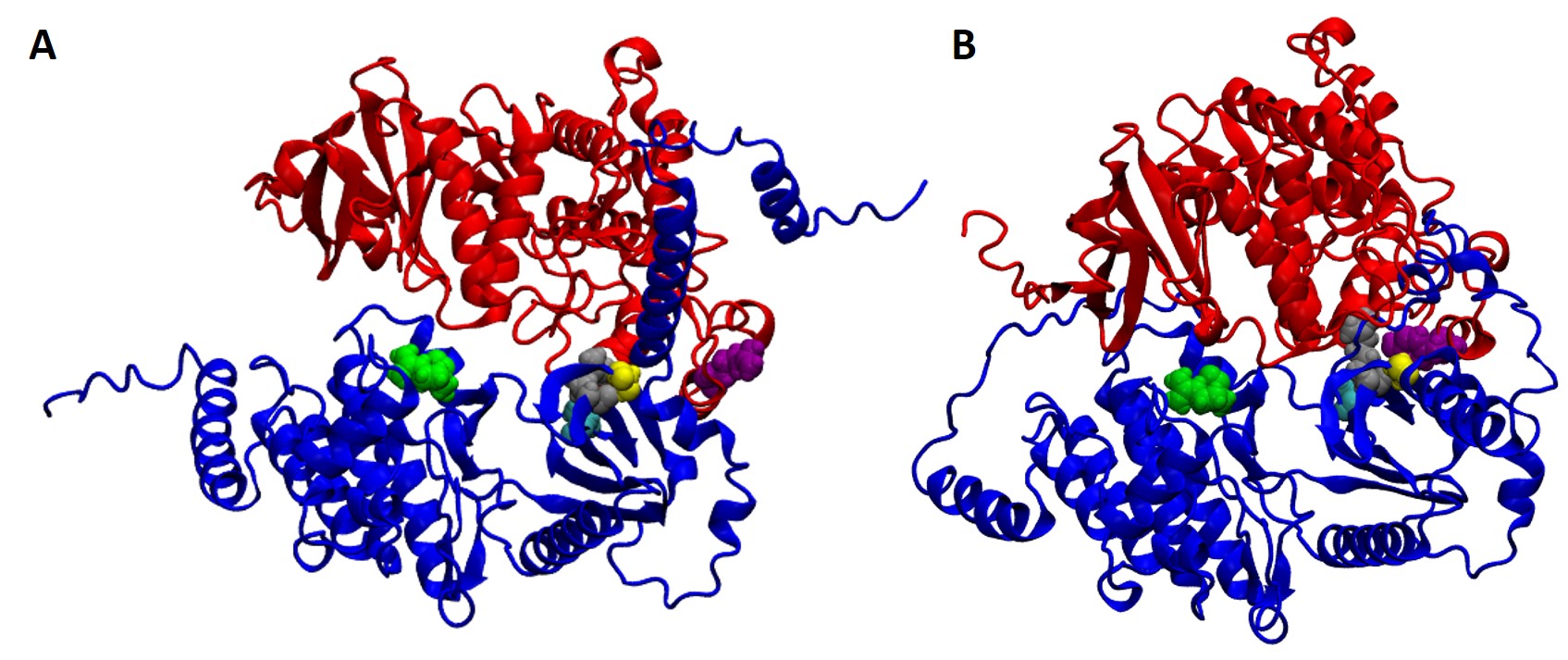Delving into the nuances of plant nutrition, researchers have discovered that the form of nitrogen intake profoundly affects the efficiency of photosynthesis in plants. This pivotal finding sheds light on how plants process and utilize nitrogen, offering critical insights for enhancing crop productivity and optimizing nitrogen use in agriculture.
Tag: Plant Growth
Synchrotron-Based Imaging Techniques Enhance Understanding of Soybean Nodule Structures for Improved Nitrogen Fixation Efficiency
A research team used synchrotron-based X-ray microcomputed tomography (SR-μCT) to non-invasively obtain high-quality 3D images of fresh soybean root nodules, quantifying the volumes of the central infected zone (CIZ) and vascular bundles (VBs).

Unlocking the frost-defying secrets of the white water lily
In a recent discovery poised to enhance agricultural resilience, scientists have demystified the elaborate cold resistance mechanisms of the white water lily—a plant that flourishes in the frigid climes of Xinjiang’s lofty terrains. A thorough investigation into the lily’s morphological adaptations, strategic resource distribution, and metabolic reactions has unveiled an intricate regulatory framework encompassing phytohormone signaling, amino acid metabolism, and circadian rhythms. This revelation provides invaluable insights for bolstering the cold resistance of crops.
Grafted cucumbers get a boost: pumpkin’s secret to withstanding salinity
A pivotal study has discovered a genetic synergy between pumpkin and cucumber that fortifies the latter’s resilience against salinity. The research illuminates the role of the CmoDREB2A transcription factor from pumpkin, which, when interacted with cucumber’s CmoNAC1, forms a regulatory loop that enhances salt tolerance.
Blooming through adversity: roses’ genetic defense against salinity stress
A cutting-edge study illuminates the intricate mechanisms of rose plants’ resistance to salt stress, a critical issue for global agriculture. The research identifies the phenylpropane pathway, especially flavonoids, as key to this tolerance, offering insights into potential genetic modifications for crops to thrive in saline conditions.
From greenhouse to desert: ethylene receptor’s role in rose salt tolerance unveiled
A study reveals a novel mechanism in roses where the Tryptophan-rich sensory protein (TSPO) degrades the ethylene receptor ETHYLENE RESPONSE 3 (RhETR3) to enhance salt tolerance.
A systematic review of three key sugar metabolism proteins, HXK, SnRK1 and TOR, in the regulatory network of plant growth, development and stress
Sugar signalling is one of the most important regulatory signals for plant growth and development, and its metabolic network contains many regulatory factors.

Researchers Identify Elusive Carbon Dioxide Sensor in Plants that Controls Water Loss
UC San Diego scientists have identified a long-sought carbon dioxide sensor in plants, a discovery that holds implications for trees, crops and wildfires. The researchers found that two proteins work together to form the sensor, which is key for water evaporation, photosynthesis and plant growth.
Shining a new light on the importance of a critical photosynthesis pathway in plants
Photosynthesis is one of the most important chemical reactions, not just for plants but also for the entire world.
Study examines how well-timed cover crops can suppress weeds in California orchards
California’s commercial orchards are home to nearly 2.5 million acres of almonds, walnuts, stone fruit and similar crops.
$25M center will use digital tools to ‘communicate’ with plants
The new Center for Research on Programmable Plant Systems, or CROPPS, funded by a five-year, $25 million National Science Foundation grant, aims to grow a new field called digital biology.
How plants become good neighbours in times of stress
Scientists from the University of Bristol and the John Innes Centre have discovered how plants manage to live alongside each other in places that are dark and shady.